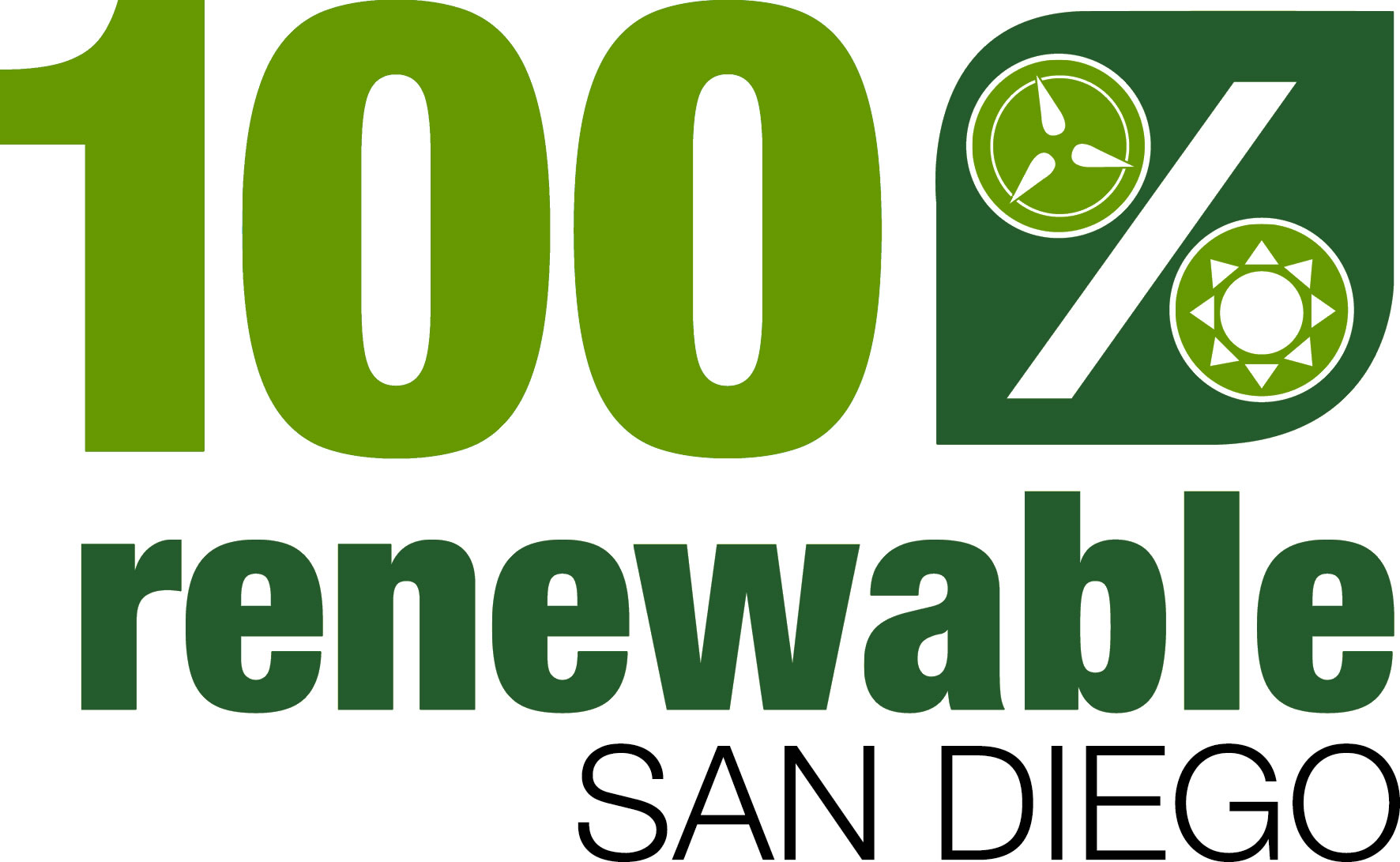 Son launches Japan renewables push with Asia 'supergrid' callThe boss of Japanese telecoms giant Softbank called for development of a pan-Asian “supergrid” as he pledged to invest up to ¥20bn ($257m) in his nation’s renewable energy sector. Oct 5, 2011 - rechargenews.com
Launching the Japan Renewable Energy Foundation (JREF), Masayoshi Son, Softbank’s founder and chief executive, claimed the country could shift 60% of its power production to renewables over the next two decades with the help of a ¥2 trillion national onshore and offshore transmission network. The 2,000km of Japanese interconnections could be expanded across the entire Asian region, forming a vast network of some 36,000km and linking Japan with countries including India, China, and Russia, says Son. "By connecting Asian countries in this way, we could possibly create a more peaceful Asia overall.” Son admits such a huge project could take up to 30 years, but claims it is possible in the context of a determined shift away from nuclear power and fossil fuels. Softbank will plough between ¥10bn and ¥20bn into renewables in Japan, says Son, with any returns on the investment going back into clean-energy projects over the next 40 years. Son, Japan’s richest individual, is putting ¥1bn ($13m) of his own wealth into the JREF, which aims to help kick-start major growth in areas including solar, wind and geothermal energy. The body has hired Tomas Kåberger, former director-general of the Swedish Energy Agency, as its chairman. Kåberger cites Sweden as an example of a nation that has managed to increase the share of total power use contributed by renewables to 30% while also closing nuclear reactors and maintaining GDP growth. “While the task set for Japan to make nuclear unnecessary is a big task, I think if we look at reality [the] facts are extremely encouraging,” says Kåberger. The launch of the JREF coincides with a report by Greenpeace and the Tokyo-based Institute for Sustainable Energy Policies (ISEP), which claims Japan could phase-out nuclear power by the end of next year and generate 43% of its power needs from renewables by 2020. The Greenpeace and ISEP report calls for the nation’s government to target increases in Japan’s wind and PV sectors to about 6GW and 6.7GW respectively by the end of the decade. Japan last month passed a bill to promote investment in renewables by requiring utilities to buy electricity from solar and other clean generation sources. But key details, such as the price at which utilities will be required to buy power, remain undecided. |
Email this page to a friend
If you speak another language fluently and you liked this page, make
a contribution by translating
it! For additional translations check out FreeTranslation.com
(Voor vertaling van Engels tot Nederlands)
(For oversettelse fra Engelsk til Norsk)
(Для дополнительных
переводов проверяют
FreeTranslation.com )


